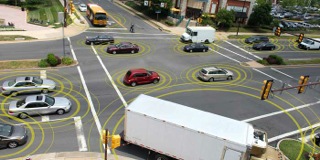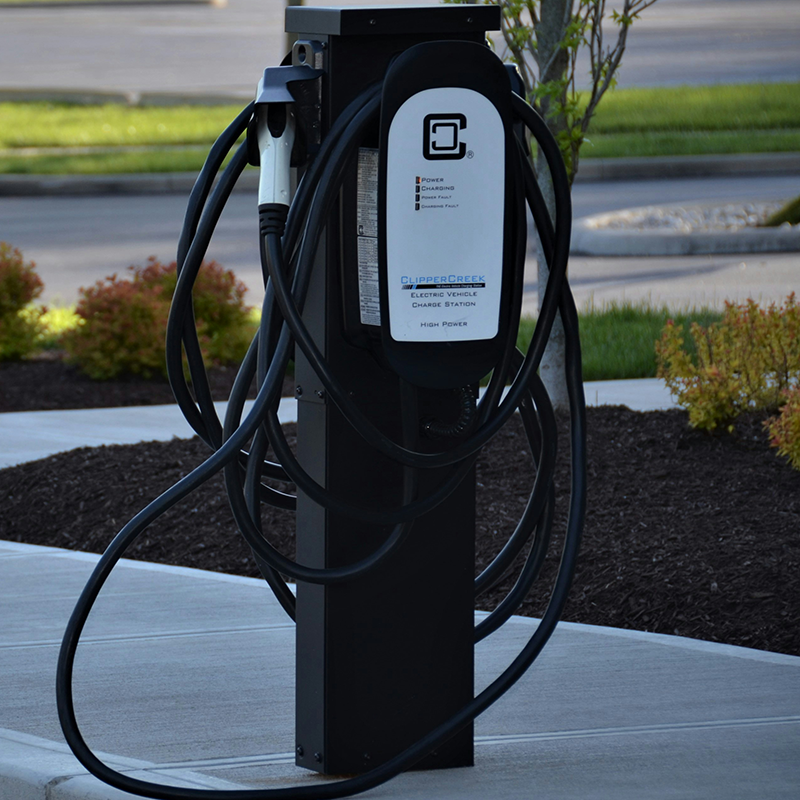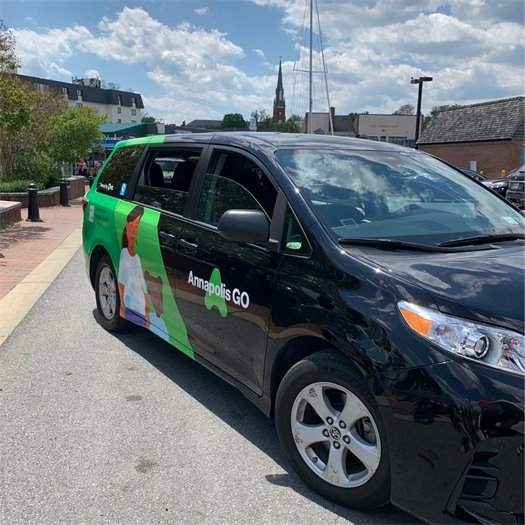Mark Franz discusses the use of emerging technology to reduce high risk driving

Full size image: Photo from the U.S. Department of Transportation
Technologies being developed for autonomous vehicles are making their way into today’s cars. Many automakers offer adaptive cruise control and lane keeping, and Ford is launching an “intelligent speed limiter” that will automatically keep the car under posted speed limits. Will these systems help reduce high-risk driving?
Many of these emerging technologies certainly have the potential to reduce high risk-driving. Adaptive cruise control automatically adjusts a vehicles speed based on distance to the leading vehicle. This function can assist motorists in keeping safe following distances, therefore mitigating the potential for the high-risk behavior of tailgating. Lane keeping functions certainly improve driving safety by alerting motorists when they are drifting out of a travel lane and assisting in the steering task. It is worth noting that the lane keeping function is not intended to prevent lane changing. Thus, this function may not directly reduce high risk driving behaviors such as “aggressive lane changing”.
Finally, perhaps the most recognized high risk driving behavior is speeding. But is speeding a high risk behavior? Interestingly, it depends on the traffic environment. Though speed is critical parameter in crash severity (i.e., the physics of a crash), it does not necessarily lead to an increased crash risk. In fact, crash probability has a stronger correlation with speed variance than traveling speed (Philip E. Graves, Dwight R. Lee, Robert L. Sexton - Speed variance, enforcement, and the optimal speed limit, Economics Letters, Volume 42, Issues 2–3, 1993, Pg. 237-243). Therefore, a vehicle equipped with an “intelligent speed limiter” in an environment where the surrounding vehicles are traveling at the speed limit would indeed reduce high risk driving. However, if the surrounding vehicles are traveling above the speed limit, then the vehicle equipped with an “intelligent speed limiter” would theoretically be increasing the crash risk. As with any autonomous vehicle function, the full potential will be realized when all vehicles are equipped with similar technologies.
Many of these emerging technologies certainly have the potential to reduce high risk-driving. Adaptive cruise control automatically adjusts a vehicles speed based on distance to the leading vehicle. This function can assist motorists in keeping safe following distances, therefore mitigating the potential for the high-risk behavior of tailgating. Lane keeping functions certainly improve driving safety by alerting motorists when they are drifting out of a travel lane and assisting in the steering task. It is worth noting that the lane keeping function is not intended to prevent lane changing. Thus, this function may not directly reduce high risk driving behaviors such as “aggressive lane changing”.
Finally, perhaps the most recognized high risk driving behavior is speeding. But is speeding a high risk behavior? Interestingly, it depends on the traffic environment. Though speed is critical parameter in crash severity (i.e., the physics of a crash), it does not necessarily lead to an increased crash risk. In fact, crash probability has a stronger correlation with speed variance than traveling speed (Philip E. Graves, Dwight R. Lee, Robert L. Sexton - Speed variance, enforcement, and the optimal speed limit, Economics Letters, Volume 42, Issues 2–3, 1993, Pg. 237-243). Therefore, a vehicle equipped with an “intelligent speed limiter” in an environment where the surrounding vehicles are traveling at the speed limit would indeed reduce high risk driving. However, if the surrounding vehicles are traveling above the speed limit, then the vehicle equipped with an “intelligent speed limiter” would theoretically be increasing the crash risk. As with any autonomous vehicle function, the full potential will be realized when all vehicles are equipped with similar technologies.
The spread of ride-hailing services like Uber and Lyft have made hiring a ride more convenient than ever, and they give consumers new transportation options in high-risk situations like when they have been drinking. Has this reduced the incidence of high-risk driving?
I am not aware of any rigorous studies on the safety benefits of these emerging dynamic ride sharing modes such as Uber and Lyft. However, there is certainly the potential for these travel modes to reduce participation in high risk driving behaviors such as impaired driving. Though for hire taxis offer a similar service, convenient taxi service is generally restricted to urban settings. Uber and Lyft have made for-hire modes a more viable option in areas where taxis are less prevalent. This realization may reduce the incidence of impaired driving.
I am not aware of any rigorous studies on the safety benefits of these emerging dynamic ride sharing modes such as Uber and Lyft. However, there is certainly the potential for these travel modes to reduce participation in high risk driving behaviors such as impaired driving. Though for hire taxis offer a similar service, convenient taxi service is generally restricted to urban settings. Uber and Lyft have made for-hire modes a more viable option in areas where taxis are less prevalent. This realization may reduce the incidence of impaired driving.
What can average motorists do to protect themselves from high-risk drivers on the road?
Though recent advancements in connected and automated vehicle technology can make our roads safer, drivers should always be alert and focused when driving. A safe trip starts with planning. Know which route you intend to take before departing. Next, while driving, it is important to focus on the driving task. Distraction such as cell phones, passengers, or even eating while driving can reduce a driver’s reaction time. Such distractions can prevent a motorist from protecting themselves from a high risk situation caused by themselves or by another high risk driver.
Though recent advancements in connected and automated vehicle technology can make our roads safer, drivers should always be alert and focused when driving. A safe trip starts with planning. Know which route you intend to take before departing. Next, while driving, it is important to focus on the driving task. Distraction such as cell phones, passengers, or even eating while driving can reduce a driver’s reaction time. Such distractions can prevent a motorist from protecting themselves from a high risk situation caused by themselves or by another high risk driver.
The link to the full article can be found here
Published September 14, 2015
Recent Stories
Stories / Jun 5, 2024
EVs and Equity: Closing the Gap

Stories / Apr 12, 2024
Improving Access to Electric Vehicles Through Crowdfunding

Stories / Feb 9, 2024
TRB Roundup: EVs and Equity

Stories / Feb 9, 2024
Hu Receives COTA Best Dissertation Award

Stories / Jan 26, 2024
Study Finds Race-based Disparities in Railroad Safety

Stories / Dec 7, 2023
Sloan Foundation Supports Decarbonization Research

Stories / Dec 7, 2023
Post-Pandemic Traffic Trends: Washington Post Taps MTI Expertise

Stories / Oct 12, 2023
UMD Hosts Roundtable on Bipartisan Infrastructure Law

Stories / Jul 13, 2023
Pamuru Wins CREF Scholarship

Stories / Feb 6, 2023
Microtransit Is Convenient, But Does It Benefit the Environment?
